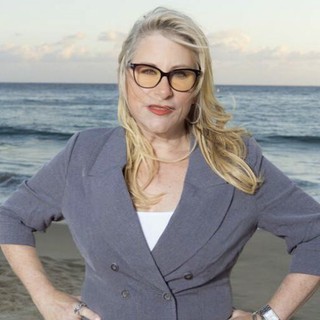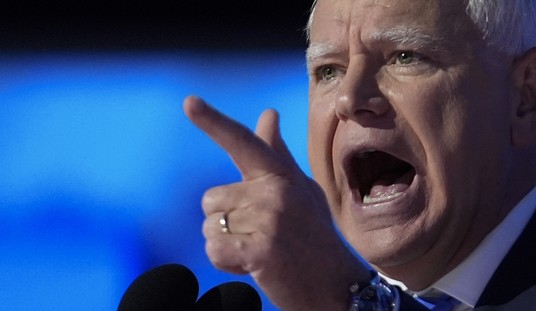A 15-year-old New Mexico high school student came up with the original idea of socially separating during a pandemic in 2005. She theorized along the lines of “Hey if we all skip school we won’t get each other sick!” She got third place in an Intel science fair for this.
Her dad happened to be a lab rat at a major government lab and voila, within a few short years of him proving out her thesis with supercomputer modeling, we’re now in a pandemic-induced depression.
The story’s more complicated than that – obviously – but who ever thought that shutting down the economy during a pandemic was a good idea?
It turns out there were many hands involved in this debacle.
Student Laura Glass’s idea was propelled during the Bush Administration after the president read a book about pandemics, and then it was studied and adopted under the Obama Administration. Social distancing and isolation had been tried in a limited way with some targeted school closures during Obama’s disastrous response to the H1N1 Swine flu pandemic.
The New York Times‘ treatment of the story includes this line, “as it first made its way through the federal bureaucracy in 2006 and 2007, it was viewed as impractical, unnecessary and politically infeasible.”
There was science shaming and drama.
Then, finally, a bunch of adults with jobs at the Centers for Disease Control thought, “Hey let’s try out the whole shebang during our next pandemic!”
And here we are.
From the Times:
In February 2007, the C.D.C. made their approach — bureaucratically called Non-Pharmaceutical Interventions, or NPIs — official U.S. policy
Following a five-year review by the Obama administration, the strategy was updated in a document published in 2017.
And then they dumped it in Trump’s lap as official policy.
The Times explains the process of getting to an economic shutdown and social isolation “was really ugly.”
Why would that be? They may have followed the “science and data” to reduce infection rates and that’s a good thing, but they didn’t bother modeling what the hell would happen to society during a shutdown.
The Times berated President Trump for not spotting the pandemic earlier and shutting down the economy sooner (emphasis added):
[P]ublic health experts [raised] early warnings this year about the coronavirus outbreak and Mr. Trump’s reluctance to embrace shutdowns and social distancing. [But] the shutdown this year is much bigger than Dr. Mecher and others imagined would be necessary or practical. Testing has been limited and some states issued social distancing orders even before confirming the coronavirus was spreading within their borders.
So Trump was too slow and states were too fast? Whose instincts were right after all?
We now know what happens to people during a dictatorial shutdown. We also know how autocratic governors can easily be beguiled to use their political powers of relying on “science and data” to go from “flatten the curve” to “wait for a cure to a pandemic.”
The 15-year-old science student is now an adult. Now, as an adult with a job, she’s probably sick of the lockdown, too.
Editor’s Note: Want to support PJ Media so we can keep telling the truth about China and the virus they unleashed on the world? Join PJ Media VIP and use the promo code WUHAN to get 25% off your VIP membership.










Join the conversation as a VIP Member